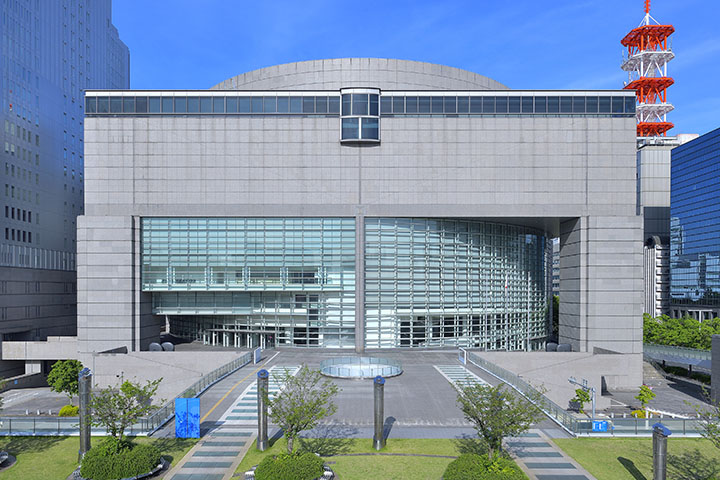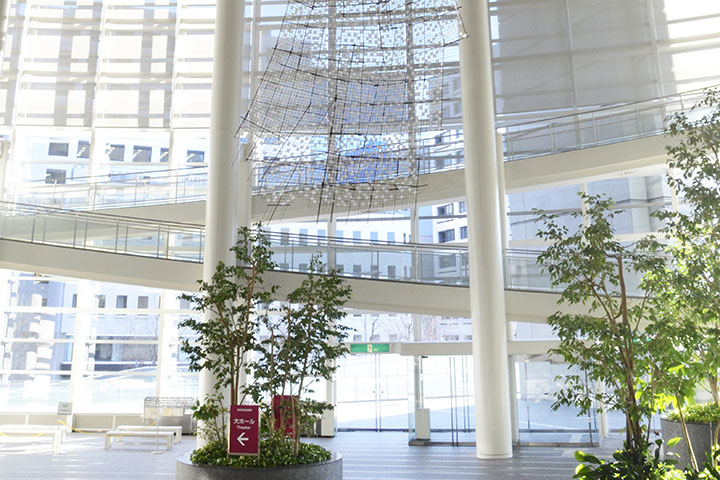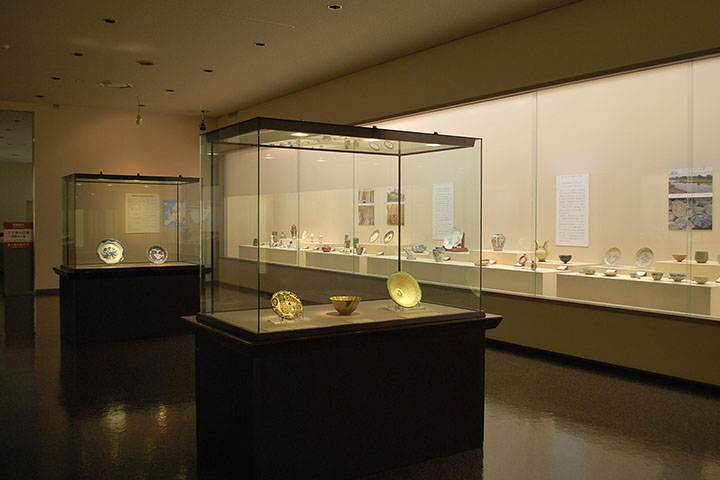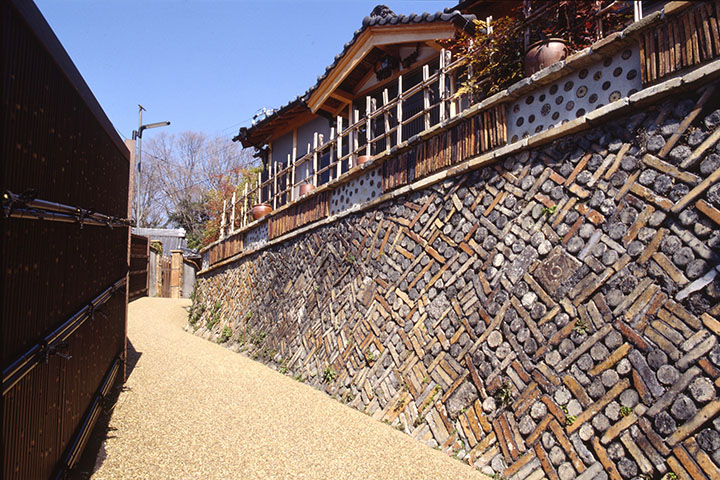Main Venues
Aichi Arts Center
Aichi Arts Center is a cultural complex that was opened in the center of Nagoya City in 1992 to act as a base for art and culture in Aichi Prefecture. It comprises the following facilities: the Aichi Prefectural Museum of Art, which houses a rich collection of work from Japan and abroad, with a focus on 20th century art; the Aichi Prefectural Art Theater, which includes the Main Theater, Concert Hall, and Mini Theater; and the Aichi Prefectural Arts Promotion Service, which consists of an Art Space, Art Library, and Art Plaza


Aichi Prefectural Ceramic Museum
In 1978, the Aichi Prefectural Ceramic Museum was established in Seto, a leading ceramics hub in Japan. In 2013, it underwent a name change to emphasize its status as an art museum, marking a fresh beginning. Set within lush green surroundings, the museum’s expansive grounds feature two main exhibition spaces -the Main Hall and the South Hall- in addition to the Ceramic Craft Studio for pottery-making experiences and the Old Kiln-Sites House showcasing ancient kiln remains. It serves as a dedicated museum focusing on ceramics, offering a multi-faceted approach to pottery. Following renovations, the museum will reopen in April 2025.


Seto City
Seto City is located roughly 20km north-east of central Nagoya, with a population of approximately 130,000. It is surrounded by low mountains and has more than a thousand years of tradition of pottery and ceramics.
Blessed with an abundant supply of high-quality clay, the city’s ancestors established it as a ceramic capital by flexibly adopting new techniques and cultures. The city’s name is indeed the origin of the word seto-mono, a synonym for ceramics.
In 2017, Seto was registered to Japan Heritage as part of Rokkoyō (the Six Ancient Kilns) along with Tokoname, Echizen, Shigaraki, Tamba, and Bizen. Today, numerous ceramicists and creatives are producing new works every day in kilns and studios in the city. The pottery city’s unique characteristic can be seen everywhere, such as walls and fences built with potter’s tools and bridge rails decorated with ceramics.

